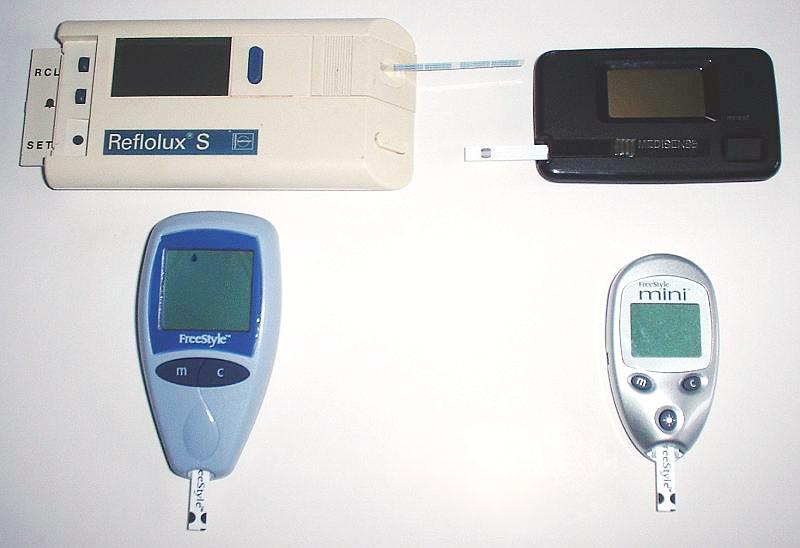For many patients such as those with COPD it is important for your health to be able to constantly monitor your blood oxygen levels in order to avoid exacerbations and worsening health and breathing problems. There are many pulse oximeter devices already out there but many are cumbersome or difficult to use. These rely on LEDs that shoot infrared light and red light through a part of the body with a sensor waiting on the other side to receive the light that remains and detects how much has passed through. Oxygen-rich blood will absorb much more infrared light and low-oxygen blood will absorb more of the red light.

Scientists at the University of California have a developed a much more simplified, easy to use and light weight device by developing a thin film-like sensor that can be worn around the finger much like a plaster. Instead of using infrared and red light this new device uses red and green light. These red and green LEDS are organically made and integrated onto a flexible piece of plastic.
Due to the organic components this electronic device is flexible and can easily conform to the body. It also means that the parts are cheaper to make, meaning that they can be thrown away after each use rather than having to disinfect the device each time. It is lightweight, more inconspicuous, cheap and disposable. The researchers tested the prototype alongside conventional pulse oximeters and found the readings to be equally as accurate.
Another device which is only the size of a post-it note is the Moxy-monitor, which has been designed to allow the user to monitor their body performance during workouts. It is a small black box worn against the skin that tracks blood oxygen levels in your muscles and it can display the data along with other fitness data in real time in third party devices and apps. It uses LEDS and light detectors to transmit near-infrared light though the skin and into the muscle tissue and back out again and extracts oxygen level readings from the results.
Although the device is geared more towards athletes, it is also beneficial for anyone with a medical condition such as COPD who want to exercise to help improve their condition but who need to monitor their oxygen levels closely to make sure they do not over do it and end up collapsing out of breath. The developers say that it is durable, even for rugby players and can even be used underwater. Its charge lasts for 3 hours and it transmits its data via a radio antenna or data can be retrieved via a USB port if the device has been out of signal or underwater.
There are other devices that have been developed such as a smart sock that monitors a baby’s vital signs and iPhone compatible oximeters. The future however is set to explode under the term ‘wearable.’ Much more than smart watches and fitness bands, the market is set to be filled with garments laden with sensors sewn into them which can track and monitor our every move.
These garments will at first be aimed at runners and sports professionals who want to track their performance, but will quickly spread to help anyone who wants to keep tabs on their health. Sensors sewn into clothing will scan for heart conditions, Smart socks will help those recovering from injury to restore their balance and alert family members when an elderly relative suffers a fall. The clothing manufacturers and fashion world are keen to weave these devices into their clothes so that users can be fashion conscious and advertise sponsors and brands as they move around .
Looking further ahead ‘wearables’ will become medical devices more than fitness trackers. When the data from them is accurate enough to be used to monitor someone’s heart over a period of time then their doctor could tell when the data is indicating a heart condition.
People in the industry believe that this will be a vast market and incredibly popular and that it will make such sensors cheap enough to sew into a whole range of clothes, and for them to be durable enough to be washed. They also forecast that these sensors could also be offered to users outside of retail such as with health insurance, gym membership and with diet plans.
References: http://www.gizmag.com and http://www.ibtimes.co.uk




